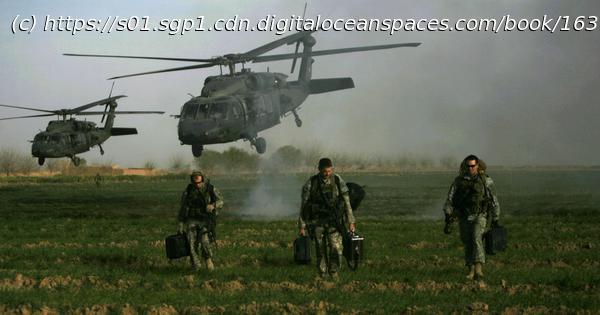There were fundamental problems with America’s strategy in the 20-year war, of which the current chaos is only the latest manifestation.
The speed and efficiency with which Taliban forces were able to complete the occupation of most of Afghanistan, as well as the quick collapse of the Afghan government, has led to criticism of United States President Joe Biden’s decision to end US military presence in Afghanistan and of the withdrawal’s logistics. But the criticisms, while valid, may be beside the point. I have studied conflicts like those in Afghanistan for more than 20 years. My experience has taught me that there are more fundamental problems with the United States’ strategy in the 20-year war, of which the current chaos is only the latest manifestation. They stem from an approach in which military seizures of territory are intended to fight international extremist movements and ideologies, in Afghanistan and elsewhere. The United States military intervention in Afghanistan and in Iraq was initially justified by a need to dismantle immediate and serious national security threats: al-Qaeda and fears of weapons of mass destruction. However, those short-term goals were quickly replaced by a longer-term goal of preventing future threats from those countries, such as new extremist groups. That led the US, with other nations, to occupy both nations and attempt to provide stability and security so that the people of those countries could set up their own governments. It may be attractive to think that promoting democracy in occupied foreign countries is a morally justified and effective path for restoring security and stability. But political reform is more successful when it originates from the local societies and political cultures.
Домой
United States
USA — Science Why the United States failed in Afghanistan despite being a military superpower






